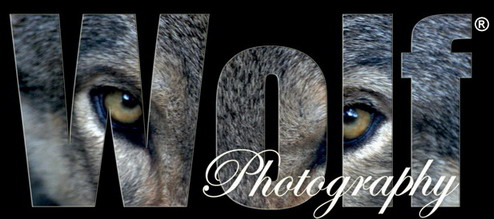

Copyright
What is 'Copyright'?
Copyright is a property right. It comes into existence as soon as something is created, irrespective of the age of the creator (eg children creating paintings, photographs or creative written materials are all covered by copyright).
Copyright and Educational Establishment Guidelines
I have found some teachers and tutors to be vey misinformed about how Copyright applies to the educational world. If you work in an educational environment and think that it's ok to go and use copyrighted materials without the owner's permission, you are breaking the law. Please see the article on Copyright produced by the London south Bank University: http://www.lsbu.ac.uk/library/html/Studentcopyright.shtml.
What's covered by copyright?
Literary
song lyrics, manuscripts, manuals, computer programs, commercial documents, leaflets, newsletters & articles etc.
Dramatic
plays, dance, etc.
Musical
recordings and score.
Artistic
photography, painting, sculptures, architecture, technical drawings/diagrams, maps, logos.
Typographical arrangement of published editions
magazines, periodicals, etc.
Sound recording
may be recordings of other copyright works, e.g. musical and literary.
Films
broadcasts and cable programmes.
The Copyright (Computer Programs) Regulations 1992 extended the rules covering literary works to include computer programs.
Copyright occurs automatically as soon as a person (irrespective of age) creates something as defined above. In other words, if you're a young student of photography, art or music at school/college/university and you create something, YOU own the copyright for it. Your teachers don't have the right to use any of your work without your permission. The same goes for adults.
Copyright is owned by the individual or collective that created the piece of work. If you're a freelancer working for a client, the copyright still belongs to you but it can be transferred through a contract of service.
Copyright generally lasts for 70 years after the death of the creator or the last remaining member of the creative collective. For sound recordings and broadcasts it currently lasts 50 years.
To protect written works or photographs/illustrations use the '©Copyright ' followed by your name and the year the item was created.
Further information is avaialble on:
http://www.copyrightservice.co.uk/copyright/p01_uk_copyright_law
and http://www.copyrightservice.co.uk/ukcs/docs/edupack.pdf
Copyright in other countries
Different countries operate different laws and protocols for dealing with copyright issues. All western European countries, Russia and the USA belong to the Berne Convention. Under this agreement, you do not have to mark your work in any way for automatic protection to apply. However, it is sensible to mark your work with the international © symbol, followed by the name of the copyright owner and year in which the work was created.
The Trade-Related Aspects of Intellectual Property Rights (TRIPS) agreement is a part of the World Trade Organisation and gives you another layer of protection from member countries.